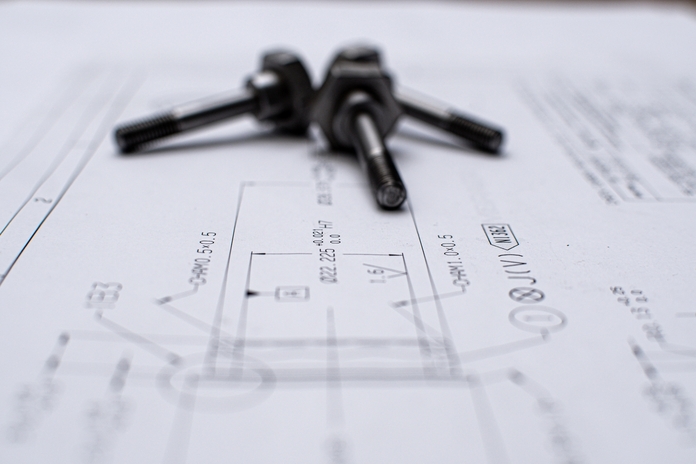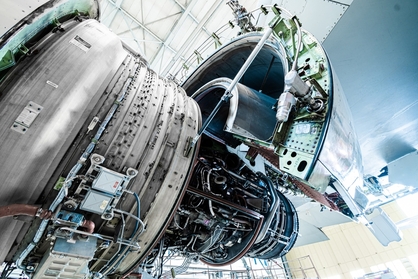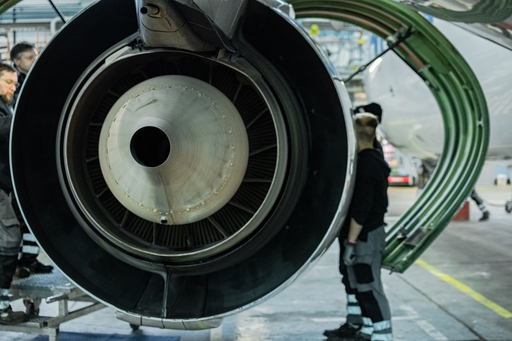MODULE 5 – DIGITAL TECHNIQUES/ELECTRONIC INSTRUMENT SYSTEMS – exam only
380.57 zł
You don’t see available dates? Contact us.
MODULE 5 – DIGITAL TECHNIQUES/ELECTRONIC INSTRUMENT SYSTEMS – exam only
Delivery methods: classroom only
Group Size: limited up to 15 [PL]
Language: polish
Taking the Exam
Exams will be held starting at 11:00 AM in the Zephirius building (4th floor) at GTC or on the LOTAMS premises.
In the examination room, aside from your identification, a pen, and tests on the desks, nothing else can be placed.
After completing the exam, the filled-out test must be submitted to the examiner.
End of Examination
Upon completion of the exam, candidates are obligated to vacate their stations in the examination room and the training infrastructure as quickly as possible.
Information regarding the exam results will be provided either by phone or email after verifying identification details
Duration of exam:
Category B1.1: 40 multi-choice and 0 essay questions. Time allowed 50 minutes.
Category B2: 72 multi-choice and 0 essay questions. Time allowed 90 minutes.
Course content:
5.1 Electronic Instrument Systems
- Typical systems arrangements and cockpit layout of electronic instrument systems.
5.2 Numbering Systems
- Numbering systems: binary, octal and hexadecimal;
- Demonstration of conversions between the decimal and binary, octal and hexadecimal systems and vice versa.
5.3 Data Conversion
- Analogue Data, Digital Data;
- Operation and application of analogue to digital, and digital to analogue converters, inputs and outputs, limitations of various types.
5.4 Data Buses
- Operation of data buses in aircraft systems, including knowledge of ARINC and other specifications.
- Aircraft Network/Ethernet.
5.5 Logic Circuits
(a)
- Identification of common logic gate symbols, tables and equivalent circuits;
- Applications used for aircraft systems, schematic diagrams.
(b)
- Interpretation of logic diagrams.
5.6 Basic Computer Structure
(a)
- Computer terminology (including bit, byte, software, hardware, CPU, IC, and various memory devices such as RAM, ROM, PROM);
- Computer technology (as applied in aircraft systems).
(b)
- Computer related terminology;
- Operation, layout and interface of the major components in a micro computer including their associated bus systems;
- Information contained in single and multiaddress instruction words;
- Memory associated terms;
- Operation of typical memory devices;
- Operation, advantages and disadvantages of the various data storage systems.
5.7 Microprocessors
- Functions performed and overall operation of a microprocessor;
- Basic operation of each of the following microprocessor elements: control and processing unit, clock, register, arithmetic logic unit.
5.8 Integrated Circuits
- Operation and use of encoders and decoders;
- Function of encoder types;
- Uses of medium, large and very large scale integration.
5.9 Multiplexing
- Operation, application and identification in logic diagrams of multiplexers and demultiplexers.
5.10 Fibre Optics
- Advantages and disadvantages of fibre optic data transmission over electrical wire propagation;
- Fibre optic data bus;
- Fibre optic related terms;
- Terminations;
- Couplers, control terminals, remote terminals;
- Application of fibre optics in aircraft systems.
5.11 Electronic Displays
- Principles of operation of common types of displays used in modern aircraft, including Cathode Ray Tubes, Light Emitting Diodes and Liquid Crystal Display.
5.12 Electrostatic Sensitive Devices
- Special handling of components sensitive to electrostatic discharges;
- Awareness of risks and possible damage, component and personnel anti-static protection devices.
5.13 Software Management Control
- Awareness of restrictions, airworthiness requirements and possible catastrophic effects of unapproved changes to software programmes.
5.14 Electromagnetic Environment
- Influence of the following phenomena on maintenance practices for electronic system:
- EMC-Electromagnetic Compatibility
- EMI-Electromagnetic Interference
- HIRF-High Intensity Radiated Field
- Lightning/lightning protection.
5.15 Typical Electronic/Digital Aircraft Systems
- General arrangement of typical electronic/digital aircraft systems and associated BITE (Built In Test Equipment) such as:
For B1 and B2 only:
- ACARS-ARINC Communication and Addressing and Reporting System
- EICAS-Engine Indication and Crew Alerting System
- FBW-Fly-by-Wire
- FMS-Flight Management System
- IRS-Inertial Reference System;
For B1, B2:
- ECAM-Electronic Centralised Aircraft Monitoring
- EFIS-Electronic Flight Instrument System
- GPS-Global Positioning System
- TCAS-Traffic Alert Collision Avoidance System
- Integrated Modular Avionics
- Cabin Systems
- Information Systems.
Who should attend: Technical personnel in aircraft maintenance or engineering.
Standard: EASA Part 66 (APPENDIX TO ANNEX III) / EASA Part 147
Prerequisites:
A background in commercial aviation together with a general awareness of the regulatory
is an advantage.
Exam completion Standard:
Exam pass mark: minimum 75%.
Exam type: multiple-choice questions.
Certification:
Certificate of recognition
Additional information
| Date picker | 2025.01.21 B1, 2025.01.30 B2, 2025.02.04 B2, 2025.02.25 B1, 2025.03.11 B1, 2025.03.18 B2, 2025.04.24 B1, 2025.05.08 B1, 2025.05.29 B2, 2025.06.17 B2, 2025.07.22 B1, 2025.07.24 B2, 2025.08.12 B1, 2025.08.14 B2, 2025.09.02 B2, 2025.09.25 B1, 2025.10.14 B1, 2025.10.16 B2, 2025.11.27 B1, 2025.12.02 B2, 2025.12.17 B1 |
|---|---|
| Course language | EN, PL |




